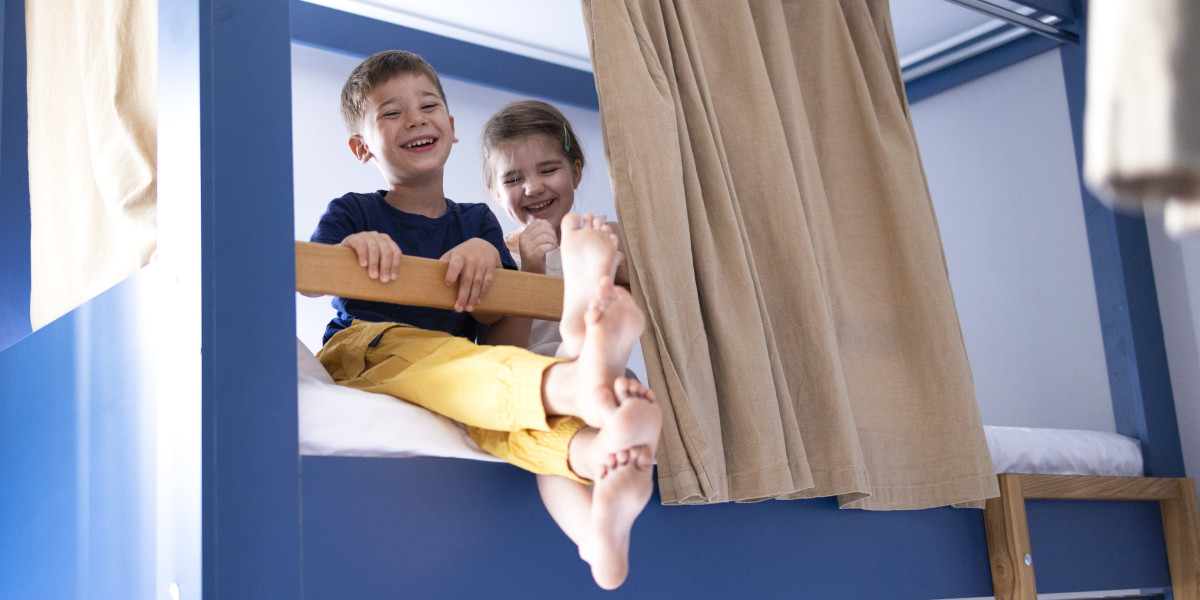The Purr-fect Solution: A Comprehensive Guide to Indoor Cat Door Installation
As any cat owner understands, supplying a safe and convenient way for felines to enter and exit your home can be a difficulty. Standard doors typically posture an issue, as they can be hard for cats to open and close, and may even position a threat of accidental escape or injury. This is where indoor cat doors come in-- an easy, yet efficient option that allows your feline pal to come and go as they please, while preserving the comfort and security of your home.
In this article, we will look into the world of indoor cat door installation, checking out the advantages, types, and installation processes included. Whether you're an experienced DIY lover or a beginner homeowner, this comprehensive guide will supply you with all the information you require to develop a purr-fectly operating cat door for your feline buddy.
Benefits of Indoor Cat Doors
Before we dive into the installation process, let's have a look at the advantages of indoor cat doors:
• Convenience: Indoor cat doors enable your cat to come and go as they please, eliminating the need for constant door opening and closing.• Energy Efficiency: By reducing the variety of times you need to open and close traditional doors, indoor cat doors can help decrease heat loss and gain, making your home more energy-efficient.• Safety: Indoor cat doors reduce the threat of unintentional escape or injury, as your cat can safely go into and leave your home without the risk of being caught or hit by a closing door.• Reduced Stress: Indoor cat doors can assist minimize tension and anxiety in both felines and owners, as they eliminate the requirement for continuous door monitoring and develop a more tranquil living environment.
Kinds Of Indoor Cat Doors
When it pertains to indoor cat doors, there are a number of types to select from, each with its own unique attributes and advantages:
- Magnetic Cat Doors: These doors utilize a magnetic closure system to keep the door shut, and are ideal for smaller sized felines and kittens.
- Spring-Loaded Cat Doors: These doors utilize a spring-loaded mechanism to keep the door shut, and are suitable for larger cats and multi-cat households.
- Electronic Cat Doors: These doors use sensing units and motors to control access, and are perfect for tech-savvy owners who desire a state-of-the-art service.
- Manual Cat Doors: These doors need manual opening and closing, and are perfect for owners who choose a more traditional technique.
Installation Process
Installing an indoor cat flap consultancy door is a relatively uncomplicated process that requires some fundamental DIY skills and tools. Here's a step-by-step guide to help you get started:
Tools Needed:
- Drill and bits
- Screwdriver and screws
- Determining tape
- Level
- Pencil and marker
- Shatterproof glass and a dust mask (optional)
Step 1: Choose the Perfect Location
When picking the perfect area for your indoor cat door, think about the list below factors:
- Traffic: Choose a place with very little foot traffic to avoid mishaps and stress.
- Availability: Ensure the place is easily available for your cat flap consultancy, and ideally near a food source or litter box.
- Environment: Avoid places with extreme temperature levels, moisture, or drafts.
Action 2: Measure and Mark the Door
Step the width of your cat door and mark the center point on the wall or door frame. Use a level to guarantee the mark is straight, and a pencil to draw the line along the length of the door.
Action 3: Cut Out the Door
Use a drill and bits to eliminate a hole for the cat door, following the maker's directions for shapes and size.
Step 4: Install the Door Frame
Install the door frame, guaranteeing it is level and protect. Usage screws to attach the frame to the wall or door frame.
Step 5: Add the Door Panel
Connect the door panel to the frame, following the manufacturer's guidelines for assembly and installation.
Step 6: Test the Door
Test the door to ensure it is operating correctly, and make any essential adjustments to the alignment or stress.
Frequently Asked Questions (FAQs)
Q: How do I select the ideal size cat door for my pet?
A: Measure your cat's width and height to determine the perfect door size. Speak with the producer or a pet expert for guidance.
Q: How do I prevent drafts and moisture from entering through the cat door?
A: Install a weatherproof seal or threshold to minimize drafts and moisture. Regularly clean and RepairMyWindowsAndDoors preserve the door to avoid damage.
Q: Can I install an indoor cat door in a load-bearing wall?
A: It is suggested to avoid setting up cat doors in load-bearing walls, as this can compromise the structural integrity of your home. Speak with a professional if you're uncertain.
Q: How do I keep other animals or insects from going into through the cat flap with timer installation door?
A: Install a protected locking mechanism or use a magnetic closure system to prevent unwanted entry. Consider including a screen or mesh to keep pests and insects out.
Idea:

• Add a ramp or action: Create a comfy and safe entry point for your cat by adding a ramp or action.• Use a soft-close system: Reduce sound and tension by setting up a soft-close system that slows the door's closure.• Regularly tidy and maintain the door: Keep your cat door in top condition by frequently cleaning up and maintaining the door and its parts.
In conclusion, setting up an indoor cat door is a basic and reliable way to create a comfy and practical living environment for your feline buddy. By following this comprehensive guide, you can create a purr-fectly functioning cat door that fulfills your pet's needs and improves your home's comfort and security.



